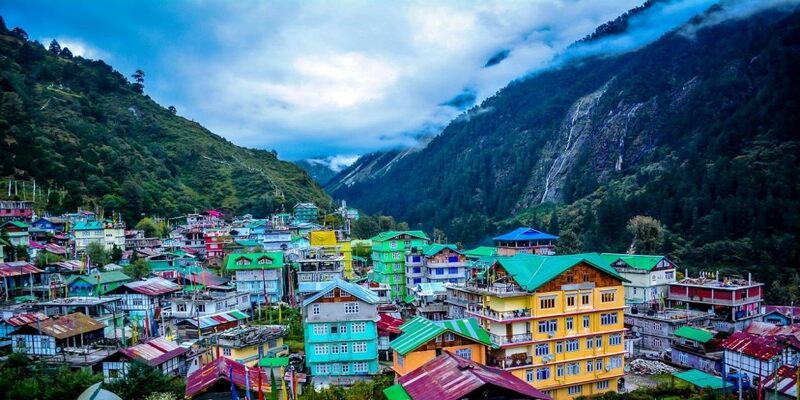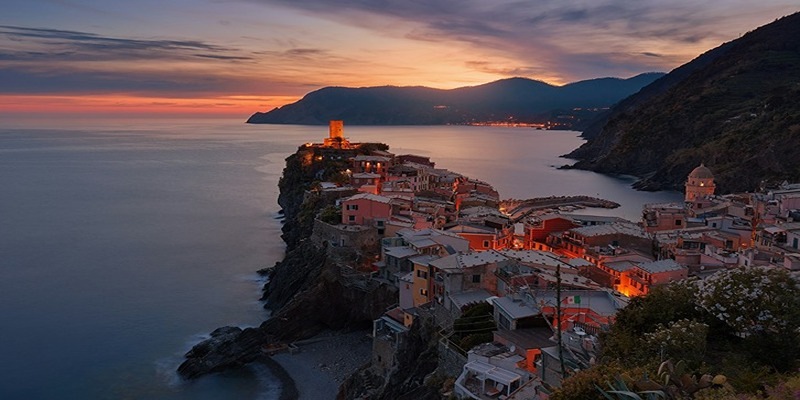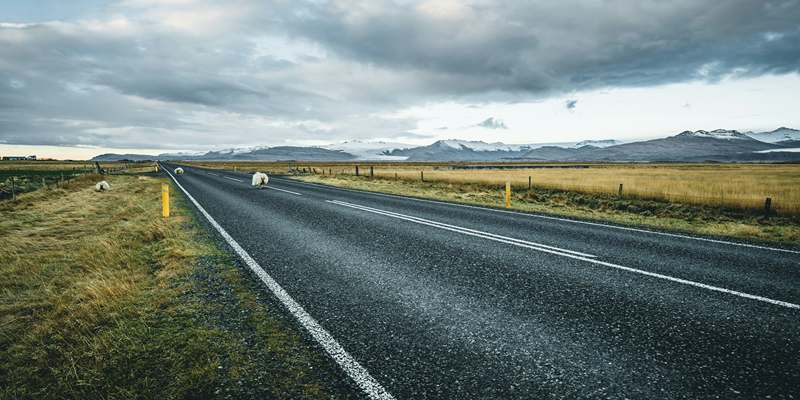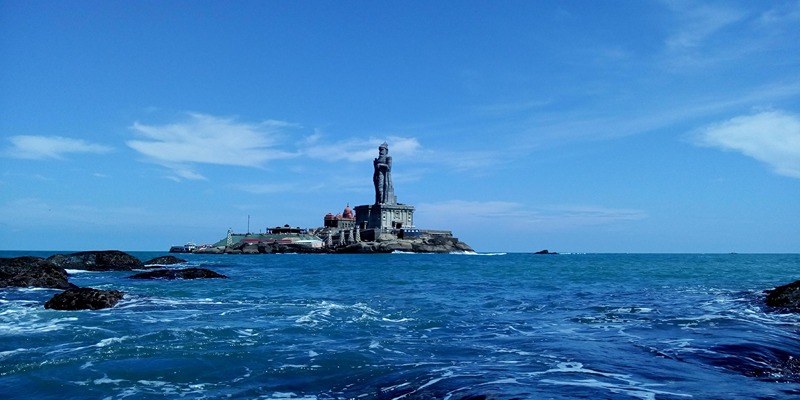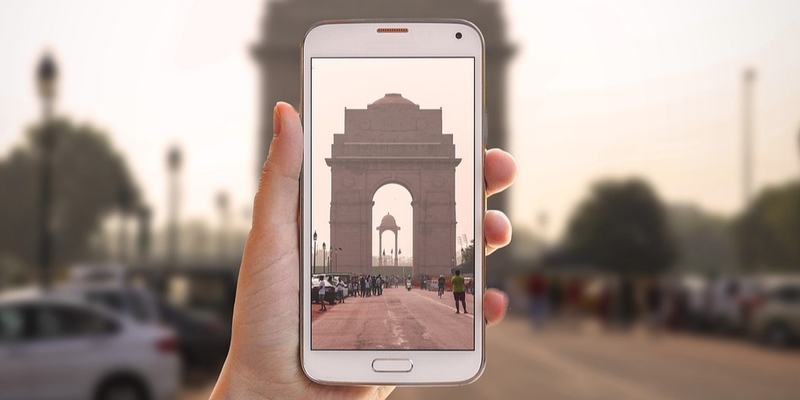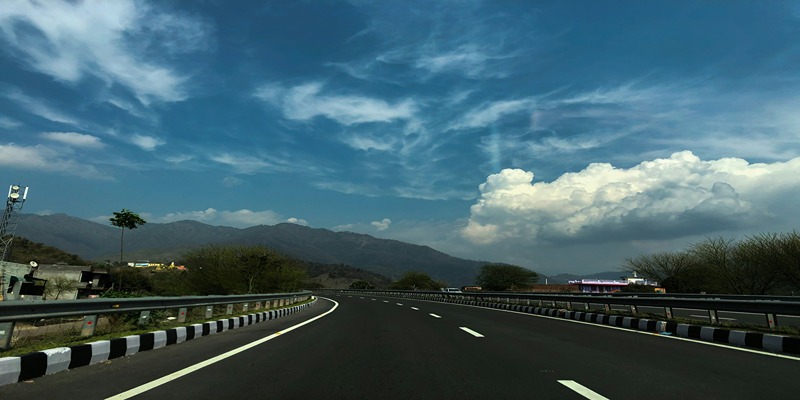Iceland is a destination like no other, with breathtaking landscapes, unique natural wonders, and a culture rooted in respect for nature. For first-time travelers, Iceland offers an array of sights and experiences, from the awe-inspiring Northern Lights to geothermal pools and volcanoes. Planning a trip to Iceland requires some preparation, as the weather can be unpredictable, and the islands remote areas present unique travel challenges. Heres a guide to help you get the most out of your first Iceland trip, covering essentials from packing to sightseeing tips.
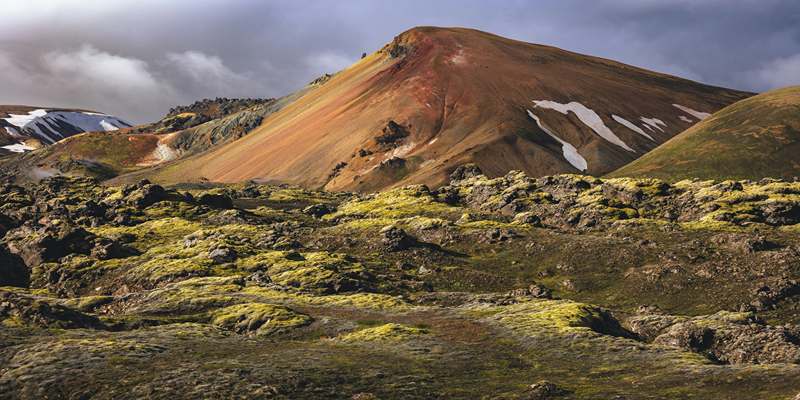
Essential Planning Tips for Your First Iceland Trip
Best Time of Year to Visit Iceland
Choosing when to visit Iceland depends on what you want to experience. Summer, from June to August, is the peak season, offering nearly 24 hours of daylight due to the Midnight Sun. This period is ideal for exploring the Highlands, hiking, and camping. However, its also the busiest season, so expect more tourists and higher prices. Autumn (September to November) brings cooler temperatures and beautiful fall colors, along with the start of Northern Lights season, which continues through winter until early spring.
Winter (December to February) is the best time for those wanting a winter wonderland experience, complete with snowy landscapes and a higher chance of seeing the Northern Lights. Spring (March to May) is a great compromise between fewer crowds, moderate temperatures, and longer days. Each season offers something unique, so consider your priorities and plan accordingly.
Deciding Between Self-Driving or Guided Tours
Many travelers opt to drive the Ring Road themselves, which offers flexibility to stop and explore at their own pace. Renting a car is ideal for those who want to see as much as possible and dont mind driving in Icelands sometimes challenging weather conditions. However, keep in mind that driving can be tricky in winter when snow and ice are common, so experience with winter driving is a plus.
Guided tours are a great alternative if you prefer not to drive. Tour operators offer packages covering all major attractions, such as the Golden Circle, South Coast, and Northern Lights viewing. While tours are less flexible, they are hassle-free and often include knowledgeable guides who provide insights into Icelands history and natural wonders.
Booking Accommodations and Preparing for Crowds
With Icelands popularity, booking accommodations in advance is highly recommended, especially in the summer and during festivals. Reykjavik has a range of options, from hostels to luxury hotels, while more rural areas along the Ring Road offer guesthouses, farm stays, and campsites. Book your stays early, particularly if you plan to visit popular areas like the Golden Circle or South Coast.
In popular tourist spots, prepare for crowds, especially during peak hours. Visiting major sites early in the morning or later in the evening can help you avoid peak times, providing a more relaxed experience.
Iceland Travel Tips for Weather and Packing
Preparing for Icelands Variable Weather
Weather of this place is famously unpredictable, and a single day can have all sort of weather. This variability makes flexibility key for any Iceland trip. Always check weather forecasts and road conditions before setting out, especially if youre traveling outside of Reykjavik or the Golden Circle. The Icelandic Meteorological Office offers real-time weather updates, while the Icelandic Road and Coastal Administration provides road condition information, which is essential in winter.
Wind is a constant factor, so be prepared for strong gusts, especially along the coasts. Adjust your plans if the weather is severe, and consider having alternate indoor activities as a backup.
Packing Essentials for Every Season
Packing for Iceland means being ready for any kind of weather. Bring sturdy, waterproof hiking boots, as youll likely encounter wet or rocky terrain. A warm, insulated jacket and thermal base layers are essential, even in summer, as temperatures can drop, especially in the evening. In winter, pack a hat, gloves, and scarf to keep warm in sub-zero temperatures.
Include a high-quality rain jacket, as rain showers are frequent. Sunglasses and sunscreen are also essential, as the sun can be intense due to Icelands high latitude, particularly in summer.
Importance of Layering and Waterproof Gear
Layering is crucial for staying comfortable in Icelands changing weather. Layers allow you to adapt to temperature shifts throughout the day. Waterproof gear, including pants, is recommended if you plan on exploring waterfalls or volcanic areas, where spray and steam can leave you damp and cold.
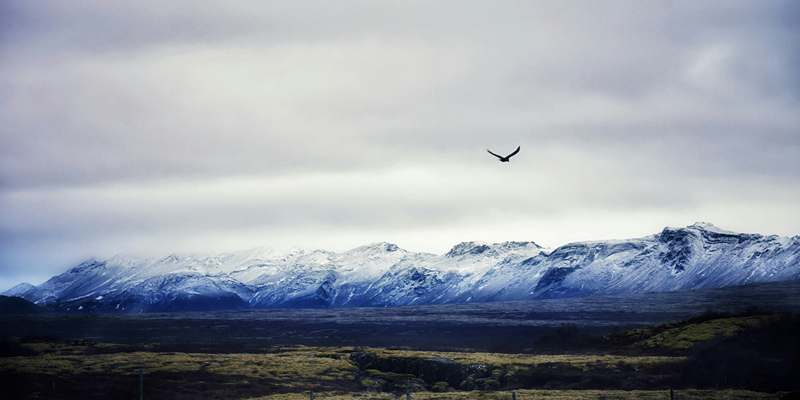
Beginner Iceland Travel Guide for Sightseeing
Must-See Destinations for First-Time Visitors
If you have time, drive the entire Ring Road to experience Icelands diverse landscapes, from fjords and lava fields to glaciers and hot springs. Other must-sees include the Blue Lagoon, Snaefellsnes Peninsula, and Vatnajkull National Park, each offering unique experiences and unforgettable views.
Northern Lights and Midnight Sun Tips
The Northern Lights season runs from September to April, and clear, dark nights offer the best conditions for viewing. The Midnight Sun, on the other hand, occurs in summer, with 24-hour daylight near the solstice. Midnight Sun allows for late-night hikes and photography, while Northern Lights tours often take you to optimal viewing locations.
Planning your trip around one of these phenomena adds a magical experience to your journey. Just be aware that seeing the Northern Lights depends on weather and solar activity, so flexibility and patience are essential.
Exploring Icelands Unique Geothermal Pools
Icelands geothermal pools are a must for relaxation and immersion in the local culture. The Blue Lagoon is iconic, offering mineral-rich waters with a stunning lava field backdrop. For a more local experience, visit smaller pools like the Secret Lagoon in Flir or Myvatn Nature Baths in North Iceland. Many campsites and towns also have local pools, which are often less crowded and just as enjoyable.
Hot springs offer a warm retreat from Icelands chilly weather, and theyre often open year-round, making them an accessible activity anytime you visit.
Conclusion
Iceland offers an incredible adventure for first-time travelers, with landscapes that are as diverse as they are beautiful. With the right preparation, from packing and planning your itinerary to understanding Icelands weather and respecting its natural environment, youll be ready to make the most of your journey. Each season brings a different charm, and with these travel tips in hand, your first Iceland trip promises to be an unforgettable experience.

